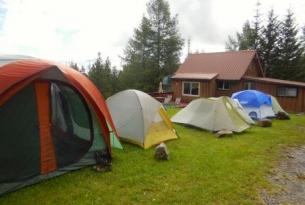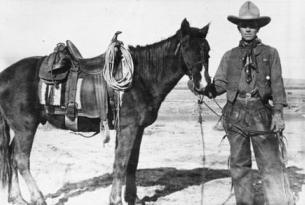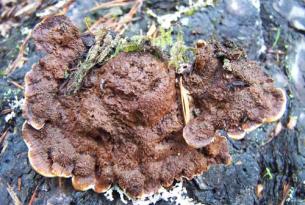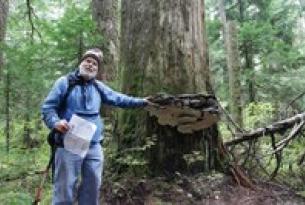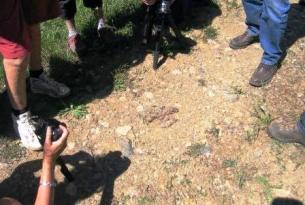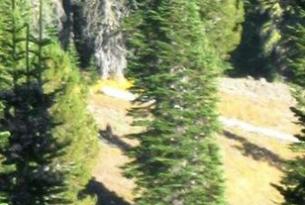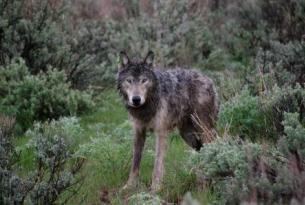Wolf Rendezvous - The Present and Future of Oregon Wolves
By Rick Lamplugh
When Mary and I arrived at the Joseph, Oregon rendezvous site, we joined others in pitching our tent in the backyard of a rustic, rental house, its brown paint faded by the weather. From the yard we had a view through the pines of the tip of nearby Mt. Joseph and the distant Zumwalt Prairie.

